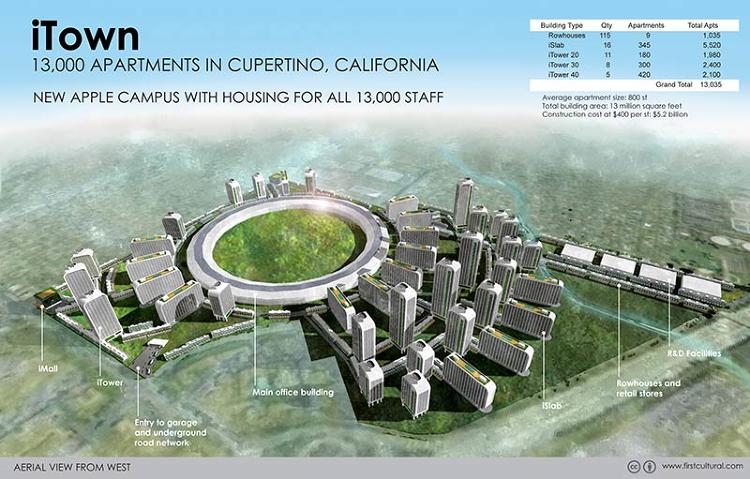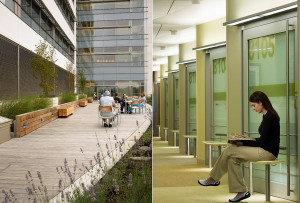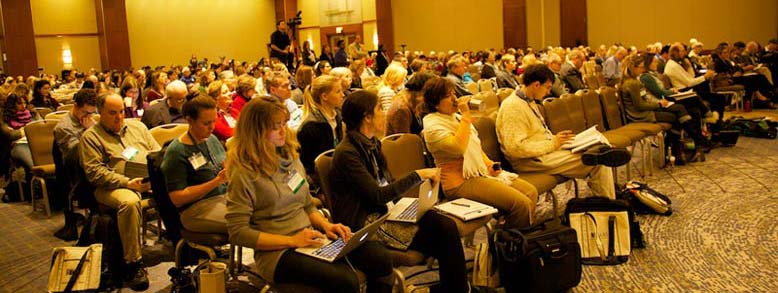 If you’re new to the topic of “open access” — “unrestricted online access to scholarly research” — or you want a broad perspective, I’d suggest instead of this book the fairly good Wikipedia entry on “Open Access,” from which the above definition comes. After that, John Willinsky’s The Access Principle, 2006, available free from MIT Press, which focuses on the key idea, of expanding access to knowledge creation and use, by various models in different contexts globally. (if you do want to read Open Access and the Humanities, get the complete Kindle, ePub, or PDF versions free at Unglue.it or Internet Archive, not Cambridge Books Online’s amusingly not-with-the-program collection of 16 separate PDF files).
If you’re new to the topic of “open access” — “unrestricted online access to scholarly research” — or you want a broad perspective, I’d suggest instead of this book the fairly good Wikipedia entry on “Open Access,” from which the above definition comes. After that, John Willinsky’s The Access Principle, 2006, available free from MIT Press, which focuses on the key idea, of expanding access to knowledge creation and use, by various models in different contexts globally. (if you do want to read Open Access and the Humanities, get the complete Kindle, ePub, or PDF versions free at Unglue.it or Internet Archive, not Cambridge Books Online’s amusingly not-with-the-program collection of 16 separate PDF files).
Martin Eve’s recent Open Access and the Humanities, by contrast to the above, has a narrower and somewhat polemical purpose: to review current debates among mainly UK (some US + EU) academics over alternate ways to pay for and give access to their scholarly articles or monographs in humanities disciplines, and to advocate a particular (and controversial) model of academics giving away all copyright-based rights to their work except for attribution. The author is a lecturer at Lincoln University, UK, and a founder of a new publishing venture, Open Library of Humanities, of which I was a co-founder.




